Idrw Team
SOURCE: IDRW.ORG
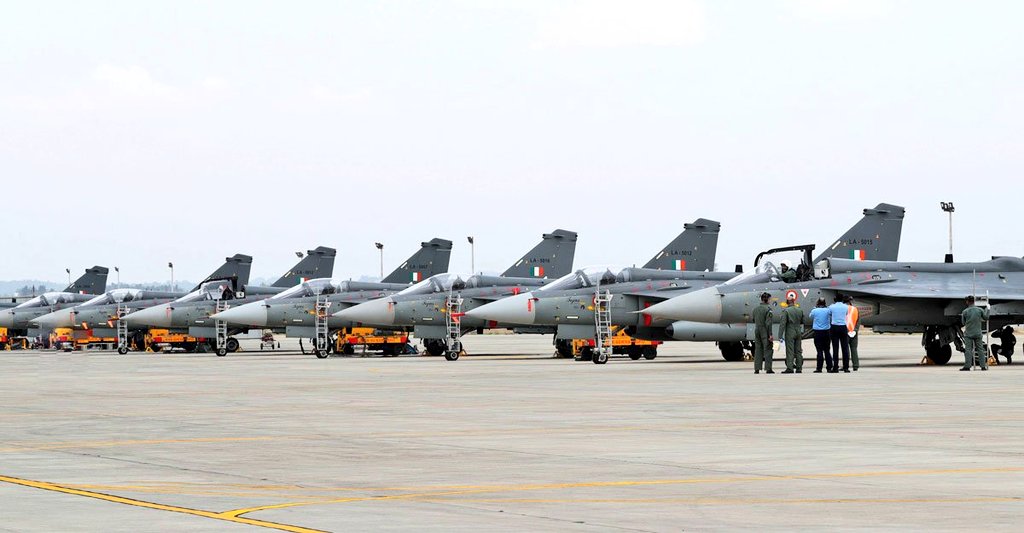

In a pivotal development for India’s indigenous fighter jet program, General Electric (GE) Aerospace has confirmed that the first of its F-404 engines for the Tejas Mk1A is en route to India, expected to arrive before the end of March 2025. This milestone marks the beginning of a revised delivery schedule that promises to accelerate the Indian Air Force’s (IAF) deployment of the advanced Light Combat Aircraft (LCA) variant. With 12 engines slated for delivery in 2025 and a ramp-up to 20 engines annually from 2026 onward, the IAF is poised to raise its first Tejas Mk1A squadrons by year-end, significantly bolstering its combat capabilities.
The F-404-IN20 engine, a critical powerplant for the Tejas Mk1A, has been a bottleneck in the program due to supply chain delays that pushed back initial deliveries from March 2023 to this month. GE’s commitment to deliver 12 engines by December 2025 will enable Hindustan Aeronautics Limited (HAL) to complete and hand over at least eight Tejas Mk1A jets—six fighters and two trainers—allowing the IAF to operationalize its first squadron of 18 aircraft (16 fighters and two trainers) by the end of the year. This aligns with the IAF’s urgent need to replace its retiring MiG-21 Bison squadrons and address a dwindling squadron strength, currently at 31 against a sanctioned 42.
Continue readingSOURCE: IDRW.ORG


Hindustan Aeronautics Limited’s (HAL) Nashik Division, fondly dubbed the MiG Complex, is emerging as a linchpin in India’s indigenous fighter aircraft program, with three to four Light Combat Aircraft (LCA) Mk1A airframes—known as “Alphas”—currently in various stages of assembly. Leveraging over six decades of experience in producing and maintaining MiG variants and Su-30 MKI fighters, the division’s workforce is demonstrating remarkable skill and efficiency.
“The speed at which the first aircraft is coming out is a testament to their expertise,” an official told Tarmak Media House (TMH) in a statement reported on March 21, 2025, highlighting Nashik’s pivotal role in delivering the LCA Mk1A to the Indian Air Force (IAF).
Continue readingSOURCE: IDRW.ORG
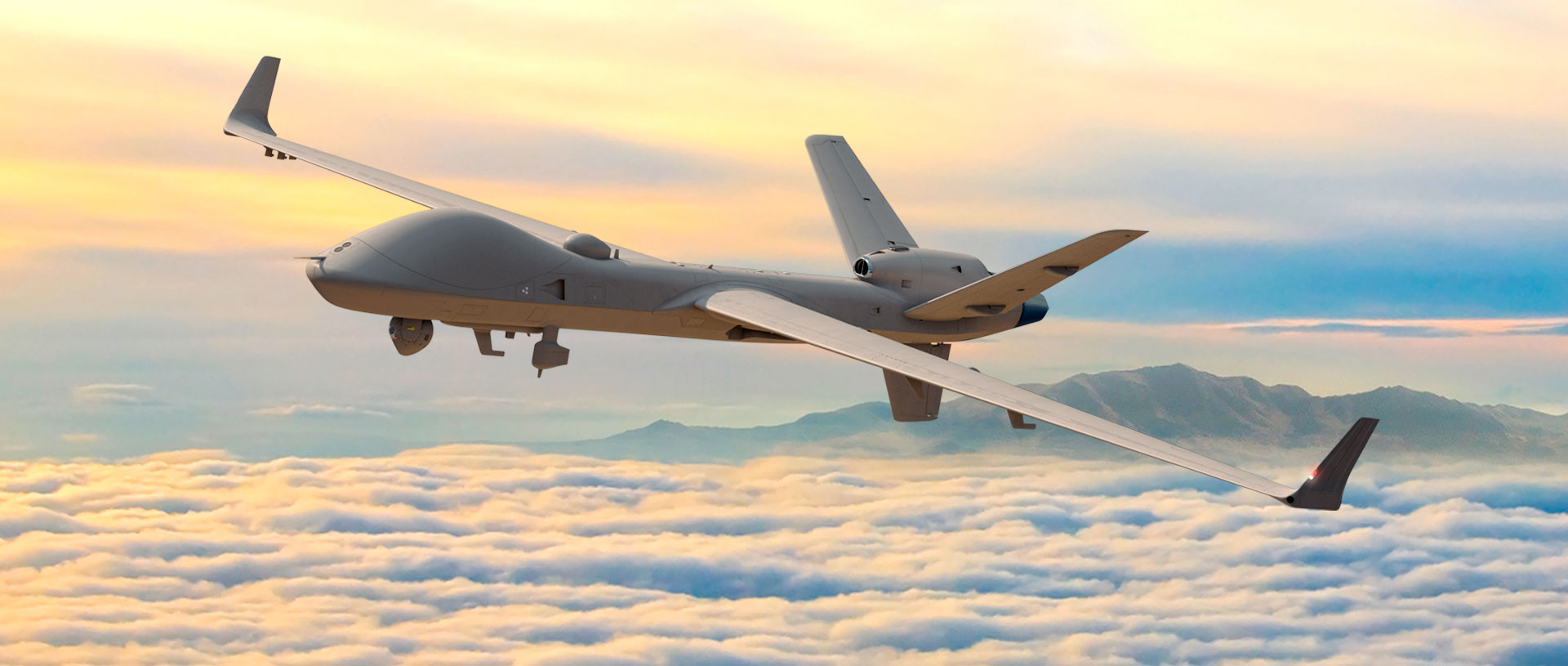

In a groundbreaking revelation, Vivek Lall, Chief Executive of General Atomics Global Corporation, has disclosed that 21 of the 31 MQ-9B Predator drones ordered by India will be assembled within the country. This announcement, made in an exclusive interview with BharatShakti Editor-in-Chief Nitin A. Gokhale, marks a pivotal moment for India’s defense manufacturing ecosystem, reinforcing its push toward self-reliance under the “Make in India” initiative. The $3.5 billion tri-service deal, signed with the United States under the Foreign Military Sales (FMS) program, underscores a deepening India-U.S. defense partnership and promises to elevate India’s surveillance and combat capabilities.
The MQ-9B drones, comprising 15 SeaGuardian variants for the Indian Navy and eight SkyGuardian variants each for the Indian Army and Air Force, are among the world’s most advanced unmanned aerial vehicles (UAVs). With a delivery timeline spanning three years, General Atomics plans to supply 10 drones in flyaway condition—ready for immediate deployment—while the remaining 21 will be assembled in India. “The deadline for delivery is three years, but it’s a government-to-government agreement on when the delivery will happen. All 31 will come in, out of which 10 will go in flyaway condition now, and the remaining 21 will be assembled in India,” Lall stated, highlighting the structured rollout of this ambitious project.
Continue readingSOURCE: IDRW.ORG


The Indian Air Force (IAF) has thrown its weight behind a proposal to bring the engine development for the Advanced Medium Combat Aircraft (AMCA) under the direct oversight of the Prime Minister’s Office (PMO), according to the latest information provided to idrw.org.
This move is seen as a critical step to ensure stringent monitoring and timely execution of the ambitious 110kN thrust engine program, which is pivotal for the AMCA to enter production by 2035. With four partner countries presenting individual offers detailing Intellectual Property Rights (IPR), Technology Transfer (ToT) levels, and workshare percentages, the program is at a crucial juncture, necessitating high-level oversight to navigate its complexities and meet strategic deadlines.
Continue readingSOURCE: IDRW.ORG


Sandeep Metal Craft Private Limited (SMPL), widely regarded as India’s largest manufacturer of fuzes, has announced a significant expansion of its production capabilities, doubling its output to meet an unprecedented surge in export orders. The company, headquartered in Nagpur, Maharashtra, has seen a sharp rise in demand for its advanced fuze systems, particularly for mortars and 155mm artillery shells, from key international markets including Europe, the United States, Italy, Germany, and Brazil. With orders now numbering in the hundreds of thousands, SMPL is cementing its position as a global leader in precision ammunition components.
Established in 1989, Sandeep Metal Craft has built a reputation for excellence in the design and manufacture of high-precision fuzes, catering to both domestic and international defense sectors. The company’s product lineup includes sophisticated systems like the FUZE 447, FUZE 213 MK5 (M-3), FUZE PERCUSION DA NO 117, FUZE DA 5A, and FUZE 162 MK8 (M-2), each engineered with advanced safety and reliability features to meet the rigorous demands of modern warfare.
Continue readingSOURCE: IDRW.ORG
0UKH.jpg)

In a significant advancement for India’s indigenous defence capabilities, the Defence Research and Development Organisation (DRDO) has commenced limited serial production of the Phase-II Ballistic Missile Defence (BMD) interceptor, the AD-1 missile. This long-range interceptor, designed to neutralize both ballistic missiles and aircraft, boasts a large kill altitude bracket, enabling it to engage targets in both low exo-atmospheric and endo-atmospheric environments. The move to limited production is aimed at facilitating more extensive trials, marking a critical step toward operational deployment and enhancing India’s strategic defence against aerial threats.
The AD-1 missile is a cornerstone of India’s Phase-II BMD program, which seeks to develop a robust, multi-layered defence system capable of countering a wide range of ballistic missile threats. Unlike its predecessors in the Phase-I BMD system—such as the Prithvi Air Defence (PAD) and Advanced Air Defence (AAD) missiles—the AD-1 is designed to operate across a broader altitude range, making it a versatile asset for both high-altitude exo-atmospheric intercepts (outside the Earth’s atmosphere) and lower-altitude endo-atmospheric engagements (within the atmosphere). This dual capability positions the AD-1 as a critical tool for intercepting long-range ballistic missiles during their mid-course and terminal phases, as well as engaging hostile aircraft in a theatre air defence role.
Continue readingSOURCE: IDRW.ORG
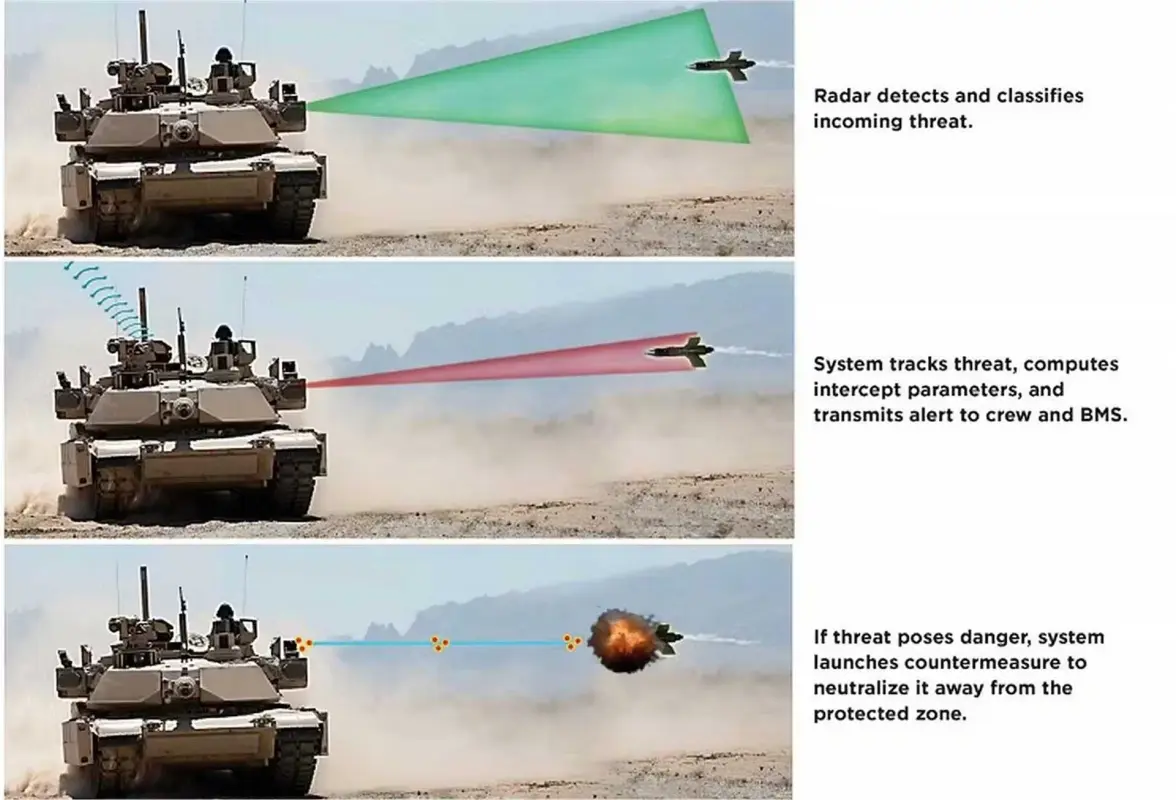

In a landmark move that underscores the deepening defense ties between Israel and India, Rafael Advanced Defense Systems Ltd (Rafael) and Larsen & Toubro (L&T) announced a significant collaboration in February 2025. The two companies signed a Memorandum of Understanding (MoU) to integrate Rafael’s cutting-edge TROPHY Active Protection System (APS) into India’s combat vehicles, marking a pivotal step in the indigenization of advanced defense technologies. This partnership not only strengthens India’s ongoing defense modernization efforts but also reinforces its commitment to achieving self-reliance in critical military technologies under the ‘Make in India’ initiative.
The TROPHY APS, developed by Rafael, is widely regarded as one of the most advanced active protection systems in the world. Designed to protect armored vehicles from a wide array of modern threats, TROPHY has earned a stellar reputation for its reliability and effectiveness in real combat scenarios. Unlike passive armor, which absorbs or deflects incoming threats, the TROPHY system actively intercepts and neutralizes them before they can strike the vehicle. It is the only APS globally that has been proven in live combat, having protected Israeli Merkava tanks and Namer armored personnel carriers from anti-tank missiles and rocket-propelled grenades (RPGs) during conflicts in the Middle East.
Continue readingSOURCE: IDRW.ORG


India’s Defence Research and Development Organisation (DRDO) has recently unveiled the BM-04 Short-Range Ballistic Missile (SRBM), a cutting-edge addition to its missile arsenal that promises to redefine strategic capabilities. Officially stated to have a range of 400 to 1,500 km, the BM-04 incorporates a third-stage Hypersonic Glide Vehicle (HGV), which has sparked discussions among defence analysts about its true potential.
Speaking to idrw.org, experts have suggested that the DRDO may have understated the missile’s range, a practice seen in previous missile programs, and estimate that the BM-04 could achieve ranges of 2,500 to 3,000 km in real-world conditions.
Continue readingSOURCE: IDRW.ORG


In a rapidly evolving global maritime landscape, Fincantieri, one of the world’s leading shipbuilding companies, has set its sights on India as a pivotal partner for co-developing and co-producing next-generation vessels. Under the leadership of CEO Pierroberto Folgiero, the Italian shipbuilding giant is keen on fostering deeper collaboration with Indian shipyards, aligning its expertise with India’s ambitious Atmanirbhar Bharat (Self-Reliant India) initiative. This partnership aims to not only bolster India’s naval defense capabilities but also cement joint ventures that enhance maritime security and innovation in the Indo-Pacific region.
Fincantieri’s interest in India comes at a time when the Indo-Pacific region is emerging as a critical theater for geopolitical stability and maritime security. With India’s strategic location and growing naval ambitions, the country presents a unique opportunity for collaboration in naval defense. Folgiero has emphasized that Fincantieri sees India not merely as a market but as a long-term partner for co-development and co-production. This approach aligns with India’s push for self-reliance in defense manufacturing, a cornerstone of the Atmanirbhar Bharat initiative launched by the Indian government to reduce dependency on foreign imports and foster indigenous innovation.
Continue readingSOURCE: IDRW.ORG
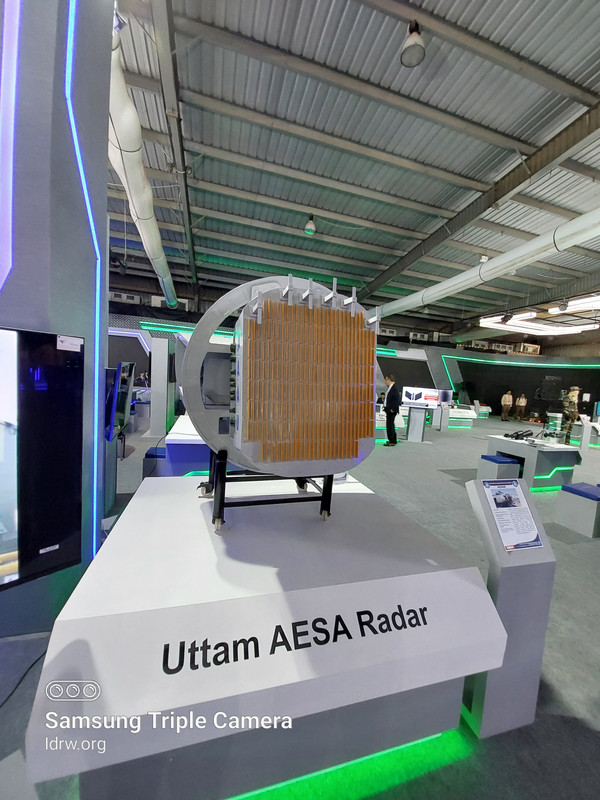

In a significant boost to India’s self-reliance in defence manufacturing, Hyderabad-based Astra Microwave Products Limited (AMP) has emerged as a key player in the production of indigenous radar systems, with the capacity to manufacture 36 Uttam Active Electronically Scanned Array (AESA) radars every year. This development underscores AMP’s growing role in supporting India’s defence forces with cutting-edge technology and aligns with the nation’s “Make in India” and “Atmanirbhar Bharat” initiatives aimed at reducing dependency on foreign imports.
The Uttam AESA radar, developed by the Electronics and Radar Development Establishment (LRDE) under the Defence Research and Development Organisation (DRDO), represents a leap forward in India’s radar technology. Unlike traditional mechanically scanned radars, AESA radars use a phased array of antennas to electronically steer the radar beam, offering superior target detection, tracking, and engagement capabilities. The Uttam radar is designed to enhance the operational effectiveness of fighter jets by providing multi-target tracking, resistance to electronic jamming, and low probability of intercept—making it a critical asset for modern aerial warfare.
Continue readingSOURCE: IDRW.ORG
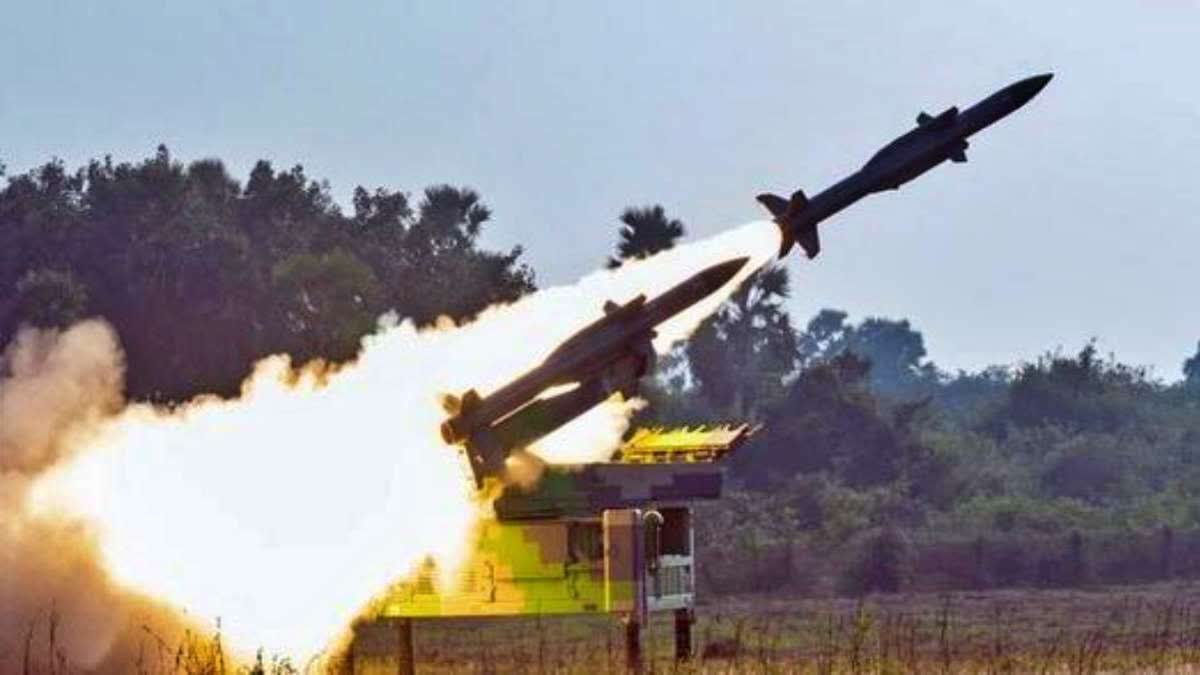

In a significant development underscoring the growing defence ties between India and Armenia, recent data from the Stockholm International Peace Research Institute (SIPRI) confirms that Armenia has procured nearly 15 units of the Akash Air Defence Missile launchers from India, along with 400 units of the advanced Akash 1S missile system. This acquisition marks a pivotal moment in Armenia’s efforts to modernize its air defence capabilities and highlights India’s emergence as a key player in the global defence export market.
The Akash 1S missile system, an upgraded variant of the Akash air defence system, represents a triumph of indigenous innovation for India. Developed by the Defence Research and Development Organisation (DRDO) and produced by Bharat Dynamics Limited (BDL), the Akash 1S comes equipped with an indigenous seeker, enhancing its precision and effectiveness in engaging aerial threats. The system was rigorously tested, with the DRDO conducting successful trials where the Akash 1S was fired five times against multiple targets, achieving its objectives with remarkable accuracy.
Continue readingSOURCE: IDRW.ORG


In a recent interview with idrw.org, a senior Indian Air Force (IAF) official revealed intriguing details about Russia’s proposal for the transfer of technology (ToT) for its Su-57 fifth-generation stealth fighter, highlighting India’s advancements in radar technology as a potential game-changer in any collaboration.
The official noted that India’s progress in Gallium Nitride (GaN)-based Active Electronically Scanned Array (AESA) radar systems surpasses Russia’s current capabilities, suggesting that Indian systems, such as the Uttam GaN AESA radar under development for the Advanced Medium Combat Aircraft (AMCA), could be integrated into the Su-57 to enhance its performance. While Russia has formally offered the Su-57 to India, the IAF has yet to make a final decision on the proposal, the official confirmed.
Continue readingSOURCE: IDRW.ORG
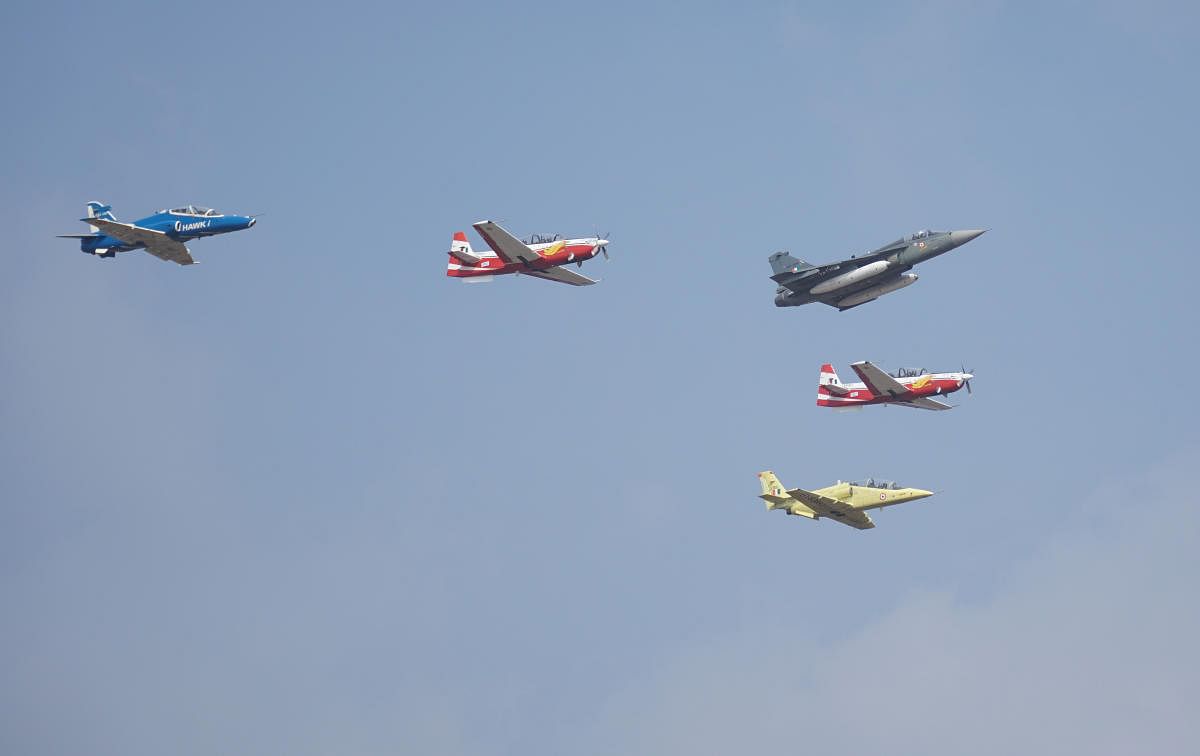

In his first press briefing as Chief of the Air Staff, Air Chief Marshal Amar Preet Singh unveiled an ambitious and forward-looking roadmap for the Indian Air Force (IAF), aiming to transform it into a fully indigenous force by 2047. Addressing the media ahead of the 92nd Air Force Day celebrations, Singh articulated a vision that aligns with India’s broader goal of self-reliance, or Atmanirbhar Bharat, in defence.
By the time India marks its centennial year of independence, the IAF aspires to have its entire inventory—aircraft, weapons systems, and supporting infrastructure—designed, developed, produced, and maintained domestically, heralding a new era of technological sovereignty and operational independence.
Continue readingSOURCE: IDRW.ORG
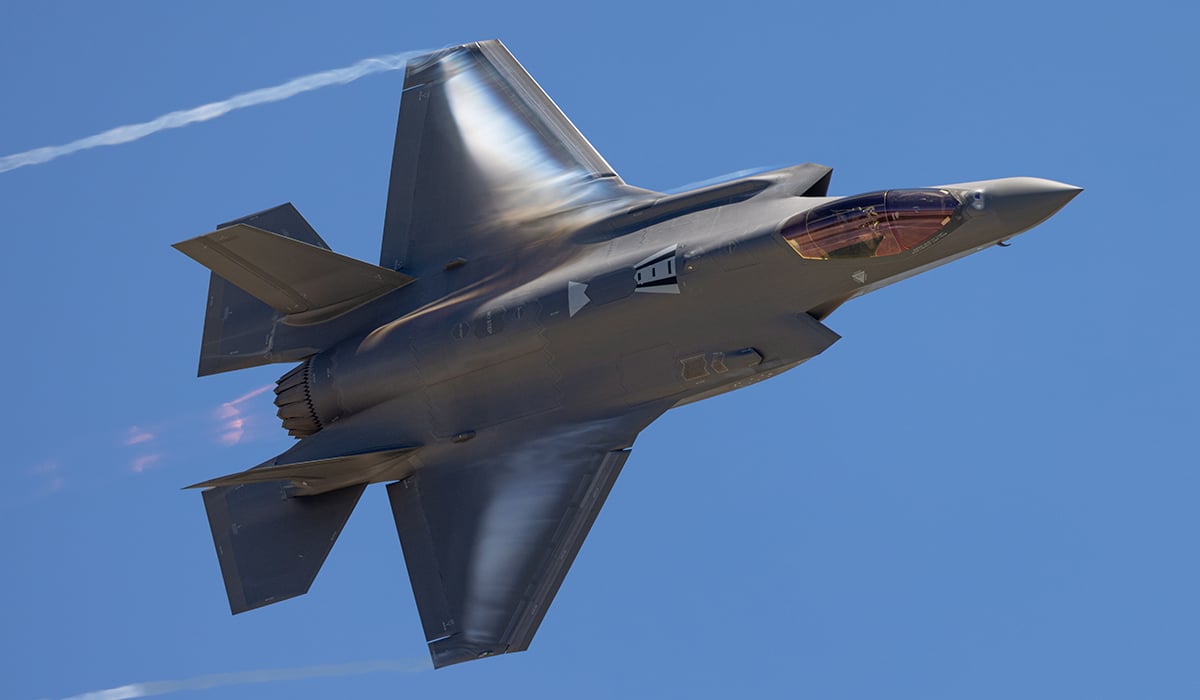

In a recent statement, India’s Defence Secretary RK Singh addressed speculation surrounding the potential sale of Lockheed Martin’s F-35 Lightning II stealth fighter jets to India, clarifying that the United States has not yet provided any concrete proposal on the matter. Speaking to the press, Singh noted that due to the absence of a formal offer, no discussions have been planned or taken place between the two nations regarding the acquisition of the advanced fifth-generation fighter. His comments come amid growing interest in bolstering India’s air combat capabilities and ongoing deliberations about modernizing the Indian Air Force (IAF) fleet.
Singh’s remarks were measured, reflecting a cautious stance on what has been a topic of intrigue in defense circles. “Let’s see what happens as and when discussions take place. I am sure everybody will come to know about it,” he said, signaling that any future developments would be transparent and subject to due process. His statement appears to temper expectations of an imminent deal, while leaving the door open for dialogue should a formal proposal materialize.
Continue readingSOURCE: IDRW.ORG


In a landmark achievement for India’s defense and aerospace sector, the Defence Research and Development Organisation (DRDO) has successfully developed the near isothermal forging technology, a critical capability for manufacturing high-pressure compressor (HPC) discs used in aero-engines.
This cutting-edge technology, developed by the Defence Metallurgical Research Laboratory (DMRL) in Hyderabad, enables the production of all five stages of HPC discs from difficult-to-deform titanium alloys using a unique 2000 MT isothermal forge press. With this breakthrough, India joins an elite group of nations with the expertise to manufacture such critical aero-engine components, marking a significant step toward self-reliance in aero-engine technology.
Continue reading